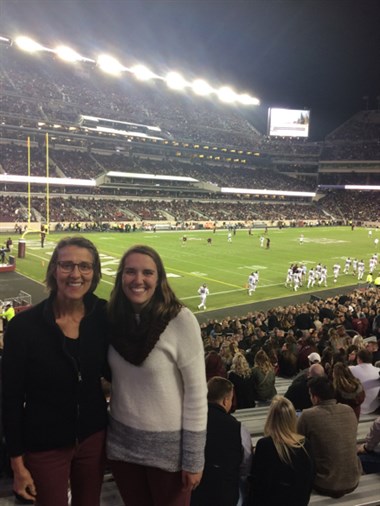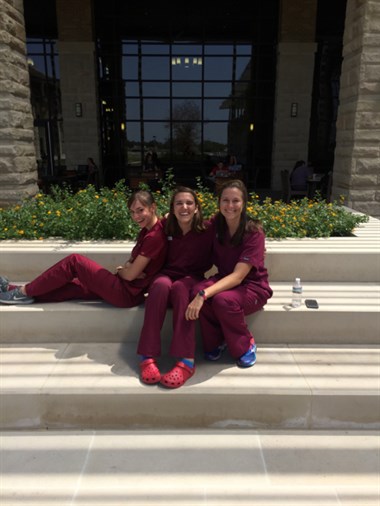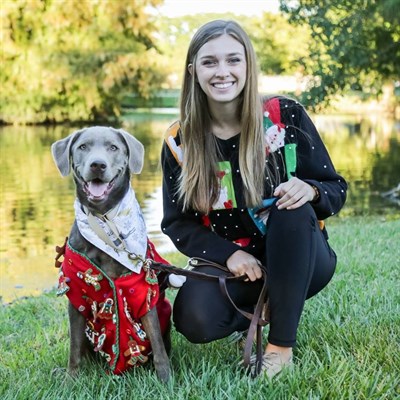
Recently, I was able to bring my dog, Terra, to school! That is one of the perks of being a veterinary student—sometimes we get to all bring our pets to class.
We needed her for our orthopedics laboratory, in which we were learning to do a proper orthopedic exam and how to apply a splint. Nothing beats the real thing when it comes to practicing, and Terra was a willing patient (for a lot of treats).
We started out by just watching her walk in a straight line from the front, back, and sides to see her gait and how she moves. This can help you identify if there is a lame leg and which one it could be. Then you do the same thing at a jog. After that, we do a standing exam and you feel over all the joints for anything that is out of the ordinary. It is important to feel both sides at the same time to compare the two sides.
Following the standing exam, Terra got to lay down and we went through all the ranges of motion on each joint to make sure she had full movement in each without pain. Through this whole thing, she was just getting pets and treats and thought it was the best thing. Turns out, she is a pretty good patient.
After the ortho exam we went to the bandaging lab! But, first, we needed to give all the pups a chance to relax, so we went outside for a puppy party! Terra played with a 6-month-old Whippet named Goose, and they are now best friends. We also played fetch for a while so she would be tired and lay still for the bandage.
When we went inside, each of my group members got to practice making a splint and securing it to the body. We did Terra’s front legs, one at a time. There is a lot of padding and you need to make sure the placement of everything is correct so that there is no way for the animal to get hurt from the bandage that is supposed to be helping heal.
Once we wrapped the leg she was allowed to stand to see how she would move in it. At first, she tried to go backward; apparently all dogs do this to try and walk out of the bandage, but once I showed her some treats in front of her, she was basically running to get them. The splint was not going to slow her down. We took it off after a couple minutes and then the other leg was done.
All in all, we had a great day of learning, and it’s always fun to bring your dog to school. Because we are veterinary students, many of our animals are used to being handled, having their hearts listened to, and being our models. We love them so much, and they are willing to help us with our education.
So, really, for Terra, this lab was just another day as a veterinary student’s dog.

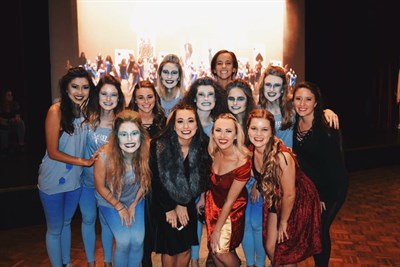
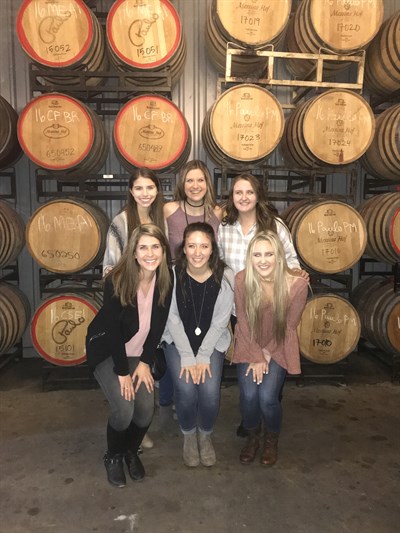
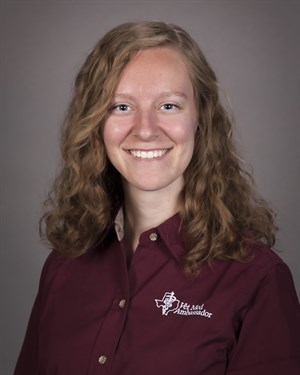 As the new curriculum is implemented here at Texas A&M’s College of Veterinary Medicine, more and more courses are designed to be fully clinically relevant. For the students, this means we get to play doctor from day one, as overwhelming as that may be. Here are some examples of what my fellow second-year veterinary students and I have seen among some of our classes this semester.
As the new curriculum is implemented here at Texas A&M’s College of Veterinary Medicine, more and more courses are designed to be fully clinically relevant. For the students, this means we get to play doctor from day one, as overwhelming as that may be. Here are some examples of what my fellow second-year veterinary students and I have seen among some of our classes this semester.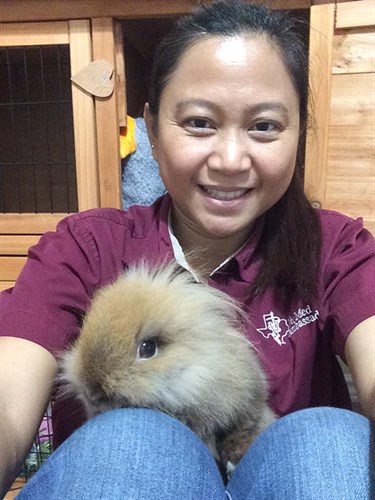
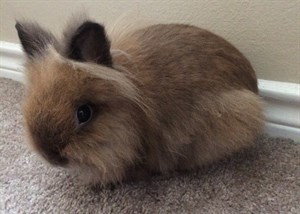 Lesson No. 1 for a rabbit owner is to learn to check the rabbit teeth regularly, because rabbit teeth never stop growing. Therefore, it is easier to get malocclusion, especially when a rabbit does not get the appropriate diet (hay, pellet food, or vegetables). Joujou Nibble goes to the Zoo and Exotic service at the Texas A&M Small Animal Teaching Hospital to get his teeth trimmed. When I first got him, the Zoo and Exotic service kept Joujou Nibble for a couple days while I got his hutch, timothy hay, oat hay, pellets food, bedding, hay rack, toys, litter box, and rabbit igloo (because rabbits like to hide). It was fun to get my house ready for the rabbit.
Lesson No. 1 for a rabbit owner is to learn to check the rabbit teeth regularly, because rabbit teeth never stop growing. Therefore, it is easier to get malocclusion, especially when a rabbit does not get the appropriate diet (hay, pellet food, or vegetables). Joujou Nibble goes to the Zoo and Exotic service at the Texas A&M Small Animal Teaching Hospital to get his teeth trimmed. When I first got him, the Zoo and Exotic service kept Joujou Nibble for a couple days while I got his hutch, timothy hay, oat hay, pellets food, bedding, hay rack, toys, litter box, and rabbit igloo (because rabbits like to hide). It was fun to get my house ready for the rabbit.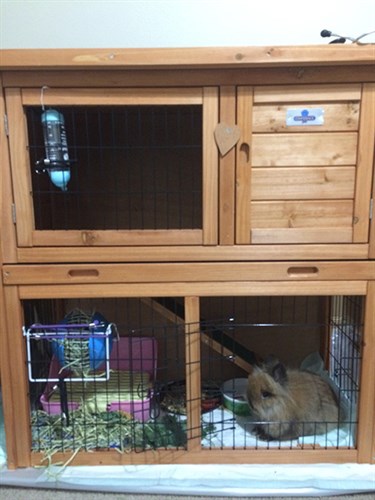
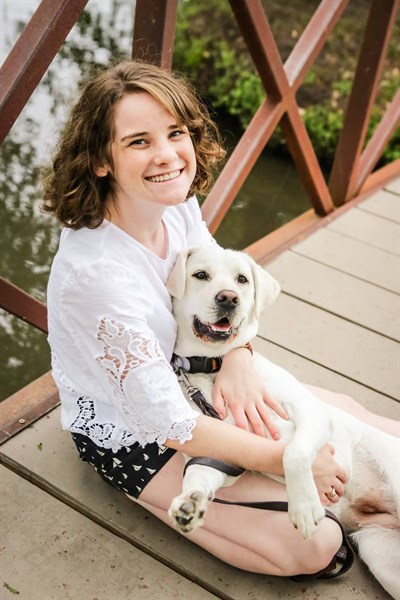
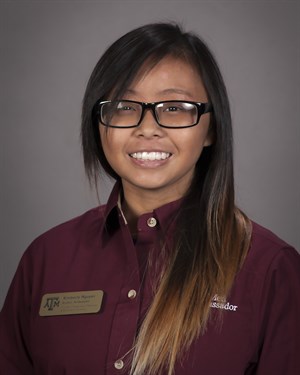 Only 20 days of school left! I can’t believe time flew by so fast. Just a little over two months ago, I was starting my first semester of my sophomore year.
Only 20 days of school left! I can’t believe time flew by so fast. Just a little over two months ago, I was starting my first semester of my sophomore year. This upcoming Christmas break will be my last as a student, as my peers and I will be entering clinics immediately after the conclusion of the third-year veterinary curriculum. I have been meticulously planning to get the most out of the four-week break, during which I will be spending two weeks doing a veterinary externship in Dallas and the remaining time traveling with family and friends.
This upcoming Christmas break will be my last as a student, as my peers and I will be entering clinics immediately after the conclusion of the third-year veterinary curriculum. I have been meticulously planning to get the most out of the four-week break, during which I will be spending two weeks doing a veterinary externship in Dallas and the remaining time traveling with family and friends.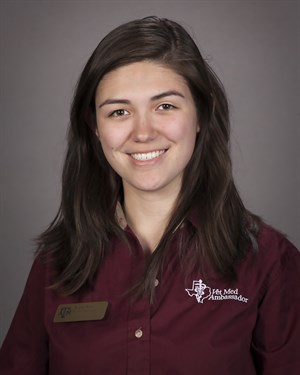 There are less than 20 days left of the semester! Hallelujah! The 2VM class has had a countdown since the middle of October, and I already have plans to become a permanent resident of my bed for at least a week when I get home. Maybe I’ll venture out to chat with my mom over brunch, mindlessly watch “Top Gun” with my dad for the 100th time, and bribe my brothers to go to the movies with me.
There are less than 20 days left of the semester! Hallelujah! The 2VM class has had a countdown since the middle of October, and I already have plans to become a permanent resident of my bed for at least a week when I get home. Maybe I’ll venture out to chat with my mom over brunch, mindlessly watch “Top Gun” with my dad for the 100th time, and bribe my brothers to go to the movies with me.